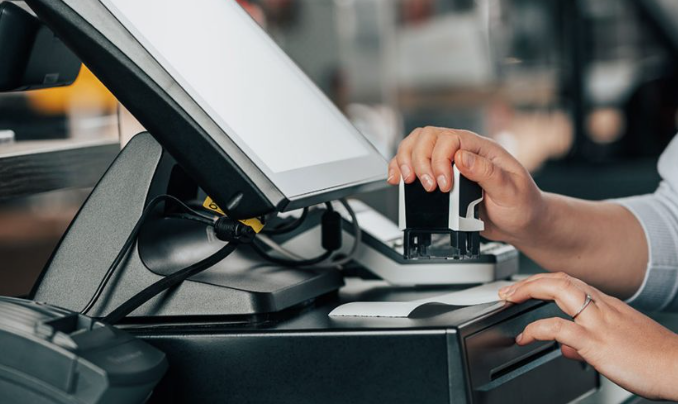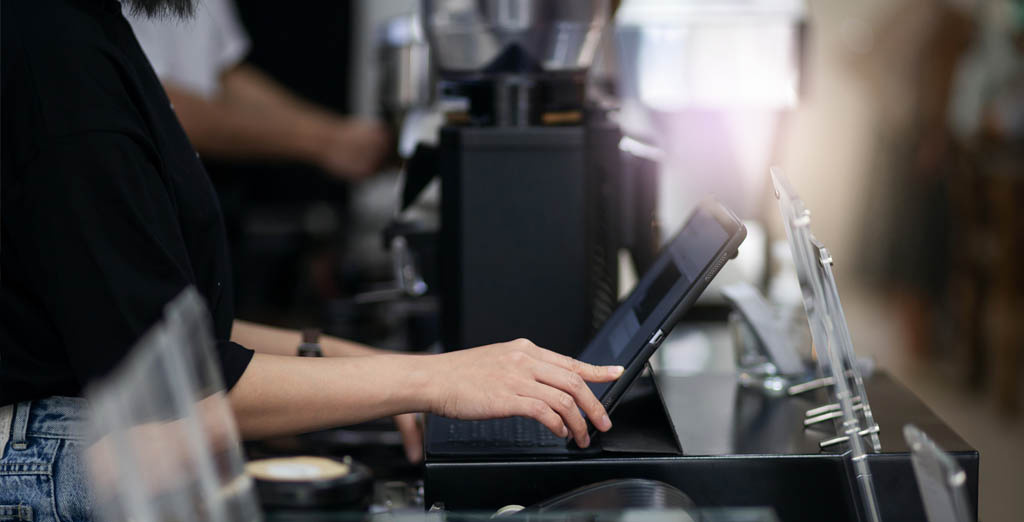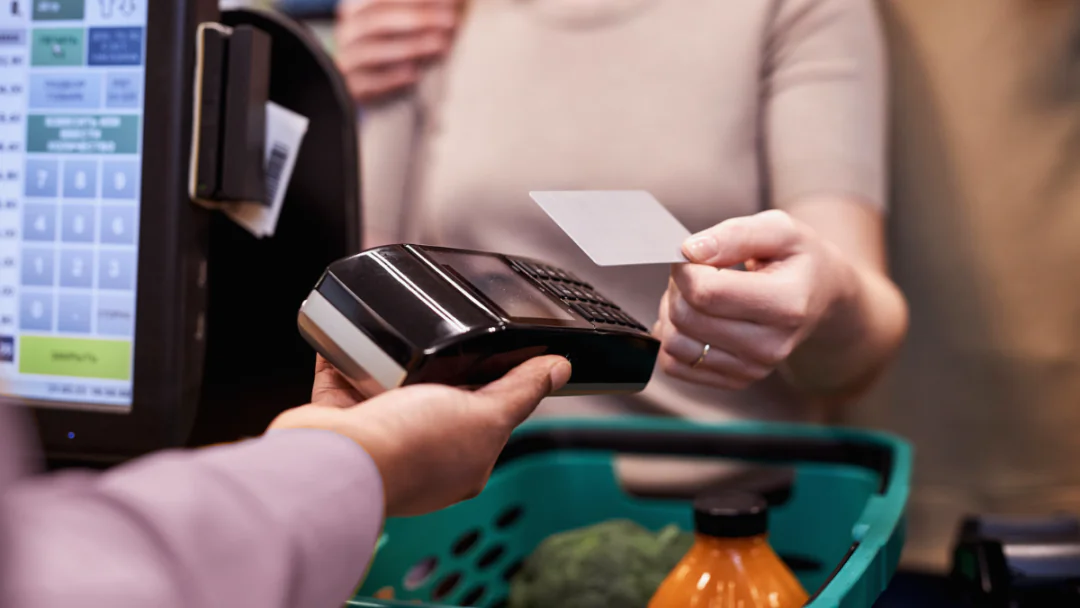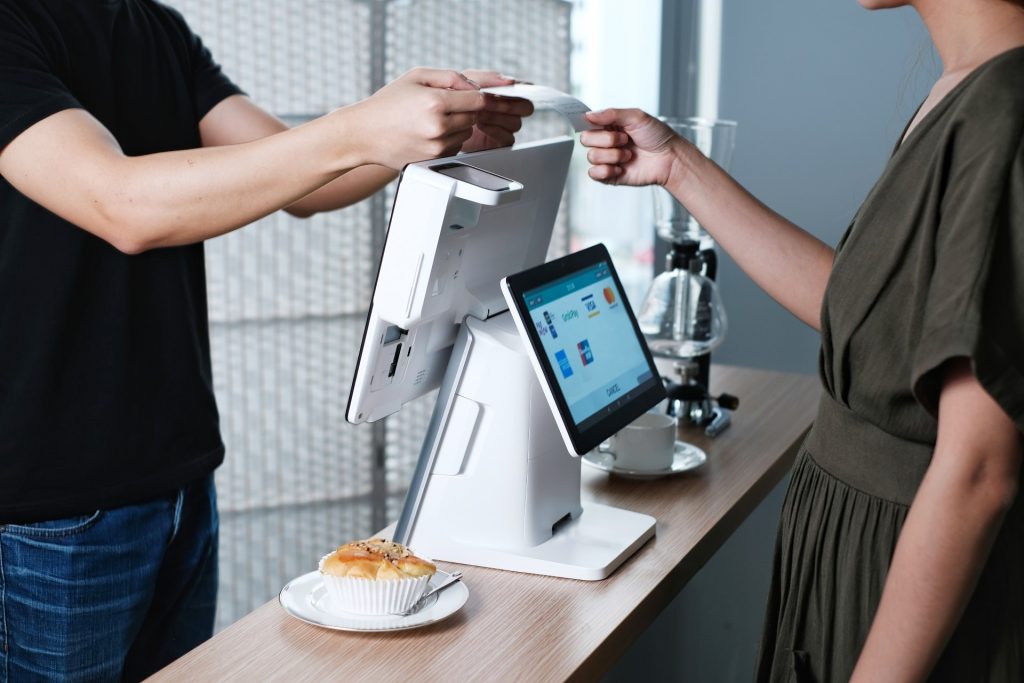How POS Systems Help Increase Sales Instantly

For businesses across retail, hospitality, and service industries, sales are the lifeline of growth. While marketing and product quality are crucial, the tools used to manage day-to-day operations can have an equally significant impact. One such tool is the Point of Sale (POS) system. Far more than a payment processor, a POS system functions as a growth engine that empowers businesses to maximize revenue. By streamlining operations, improving customer experiences, and unlocking actionable insights, POS systems can help businesses increase sales almost instantly.
Faster Transactions, More Sales
Long checkout lines are one of the biggest deterrents for customers. Studies show that slow service often drives customers away, especially in retail and food service industries. POS systems solve this problem by enabling quick, accurate, and seamless transactions.
With features like barcode scanning, mobile POS terminals, and integrated payment options—including contactless and digital wallets—businesses can serve more customers in less time. For example, a café with a mobile POS can take orders and payments right at the table, reducing wait times and increasing table turnover. When customers spend less time waiting, they are more likely to return, boosting both immediate and long-term sales.
Streamlined Inventory = Better Sales Opportunities
Running out of a popular item is not just disappointing for customers—it’s a lost sale opportunity. POS systems with real-time inventory management prevent this from happening. By automatically tracking stock levels and sending low-stock alerts, businesses can ensure best-selling products are always available.
Additionally, POS systems provide sales trend reports, helping owners identify which products move fastest. With this knowledge, businesses can adjust purchasing strategies, promote high-margin items, and avoid wasting money on slow movers. Keeping shelves stocked with what customers actually want directly translates into higher sales.
Upselling and Cross-Selling Made Easy
Modern POS systems come equipped with tools that help staff suggest additional items during checkout. For instance, when a customer purchases a coffee, the POS system might prompt the cashier to offer a pastry at a discounted price. These small prompts encourage upselling and cross-selling, increasing the value of each transaction.
Over time, these incremental increases add up significantly. By leveraging POS suggestions, businesses not only boost revenue instantly but also create a more personalized customer experience—encouraging customers to spend more willingly.
Enhanced Customer Loyalty Programs
Acquiring new customers can be expensive, but retaining existing ones is far more cost-effective. POS systems help businesses set up and manage loyalty programs that reward repeat customers. Whether through points, discounts, or personalized offers, loyalty programs encourage customers to come back and spend more.
For example, a retail store using a POS-integrated loyalty program can automatically track a customer’s purchase history and offer discounts on items they frequently buy. This personal touch makes customers feel valued and motivates them to increase their spending over time.
Smarter Decisions with Real-Time Data
POS systems collect valuable sales data that businesses can analyze to make quick, informed decisions. With access to real-time reports, owners and managers can spot sales patterns, peak hours, and best-selling products.
This data allows businesses to design instant promotions, adjust pricing strategies, or reallocate staff during high-demand periods. For example, if sales data shows a spike during weekends, businesses can increase staff availability and offer targeted weekend discounts to maximize revenue. Quick, data-driven adjustments lead directly to instant sales improvements.
Omnichannel Sales Integration
In today’s digital-first world, businesses must operate both online and offline. POS systems that integrate with e-commerce platforms enable seamless omnichannel selling. Customers can order online, pick up in-store, or enjoy delivery options—all managed under one system.
This flexibility not only expands a business’s reach but also captures sales that might otherwise be lost. For instance, a clothing store with an integrated POS system can allow customers to purchase online even if their size isn’t available in-store. By removing barriers, businesses instantly unlock more revenue opportunities.
Final Thoughts
Sales growth doesn’t always require massive marketing campaigns or product overhauls. Sometimes, it’s about optimizing the systems already in place. A modern POS system does exactly that—helping businesses speed up transactions, keep shelves stocked, engage customers with loyalty programs, and make smarter decisions using real-time insights.
By leveraging these features, businesses can see an almost immediate increase in sales while also setting the stage for long-term growth. For companies looking to stay competitive and profitable, investing in a POS system is not just a convenience—it’s a revenue-boosting necessity.






